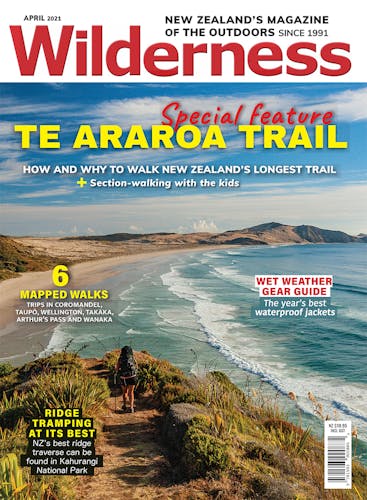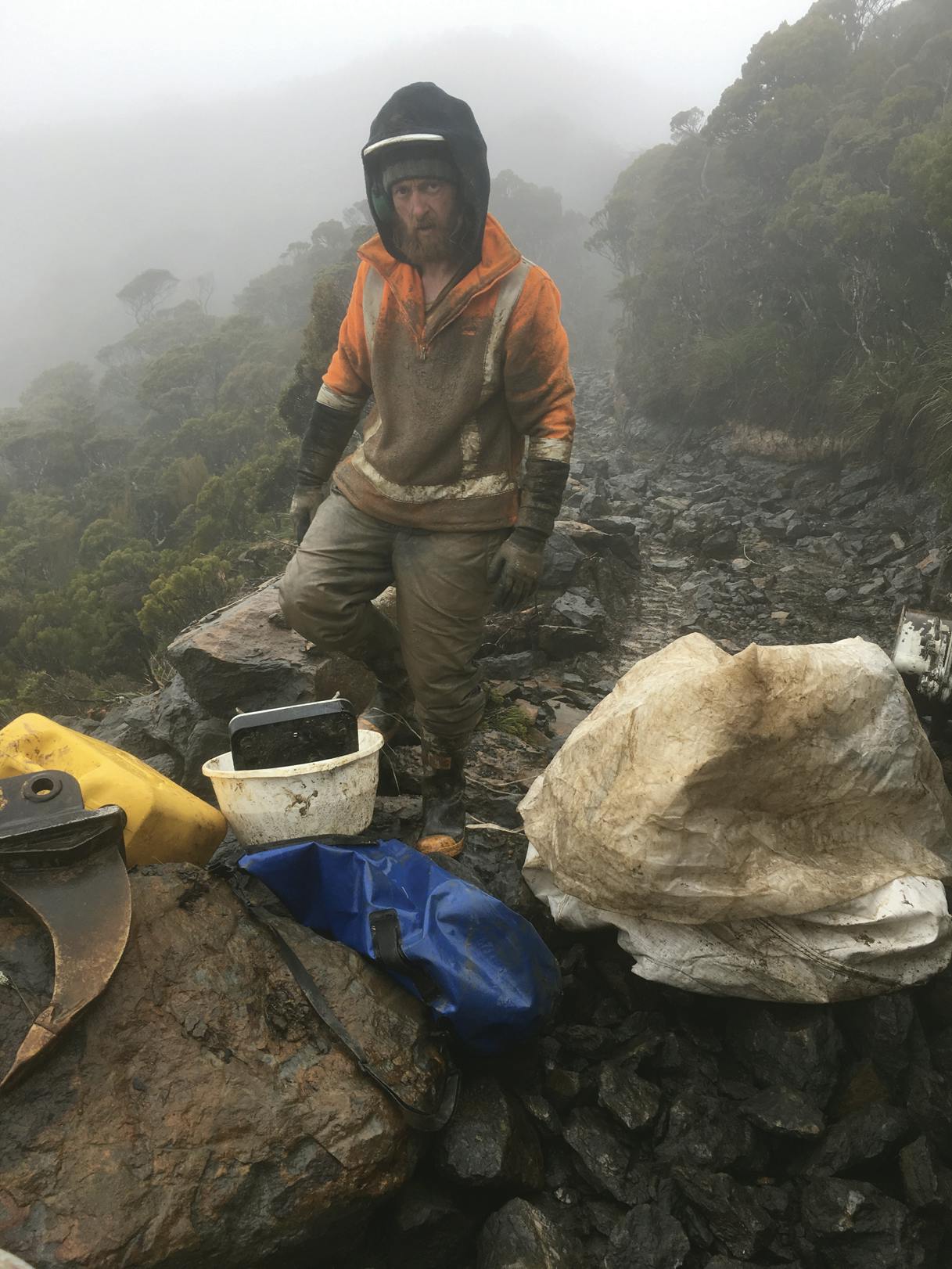Brendan O’Dwyer battled wild weather, slips and injury while building the Paparoa Track. His experiences are documented in his book The Last Front Line.
You wrote that you felt as close to divinity as you’d ever been in Paparoa National Park – how would you describe your relationship with the land?
In the early stages, I was overwhelmed by the scale of it. There was so much ground to cover. Whole valleys and ridges that were completely alien made me feel entirely insignificant. It was so grand and wild. Mysterious and stoic. Ancient and unforgiving. Later, I’d venture out at night and explore beyond the verges of the track and slowly I began to feel more at peace. As the job progressed, I grew in confidence and began to feel as if the entire Paparoa National Park was not a threat but a sanctuary.
Did it feel like man vs wild out there?
It was a bit, but it came down to the piece of ground directly in front of us. There were thousands of metres ahead, but the next metre was the most important one and it was either rock, root, or gravel and we always had the ability to deal with it. At times, dealing with the weather had more of a ‘man vs wild’ feel to it.
How did you change during your time in the wild?
Aside from feeling more at peace with the wilderness, working in isolation at Top Camp and, in particular, cutting the section of track along the escarpment gave me an enormous sense of my own worth. I’d stride across the tops feeling like I could bust into any scenario on the face of the earth and have my head held high. If we could do that, have such an impression on the landscape, there was nothing we couldn’t do.
The track building had multiple setbacks. Was it tough to keep going after floods, slips and equipment loss?
It was always going to be difficult and quitting was never an option. We just had to keep going and trust that it would work out. At times, it seemed absurd, but we were workers who had a job to do and that’s what won the day. There was nothing we couldn’t repair or rebuild and machinery could be replaced. As long as no one was hurt, we just got on with the job.
And you experienced a few injuries?
We all did, but we seemed to have a knack of never really getting in harm’s way. Perhaps it was good risk assessment but there were a couple of times when we were very lucky to escape with our lives and our limbs. All told, I probably took the worst knock but I probably deserved it.
How do you feel about the finished track?
I love it. I still feel such a part of it and sometimes I struggle to reconcile what we had to do to leave such a trail behind us. I haven’t been back since it opened but I look forward to sharing it with my family someday.
What has it meant for the West Coast communities?
I don’t know that it has affected West Coast communities that much. Sure, there will be some economic benefit here, but really, I see it as being something all New Zealanders can be proud of. That folks can come from far and wide and enjoy the beauty of the Paparoa National Park is a treat that everyone can enjoy.
What inspired you to turn your experiences into a book?
I had to capture the enormity of what happened. So many heroic moments that were utterly ordinary would’ve been lost to memory and never been recalled. I owed it to my workmates to capture their efforts.
How has the book been received?
Some people are motivated to go and walk the Paparoa Track. Others are inspired to just get out amongst the wilderness. Some folks want to write their own book. I’ve had people approach me and talk about their dreams and how reading my book encourages them to get on with realising their own ambition. The most poignant response, however, is that of my family in Ireland. With no real sense of what I’d been up to this whole time, they’ve now read it and feel as if they were with me at every step. I am truly grateful for them to be able to connect with my journey.








